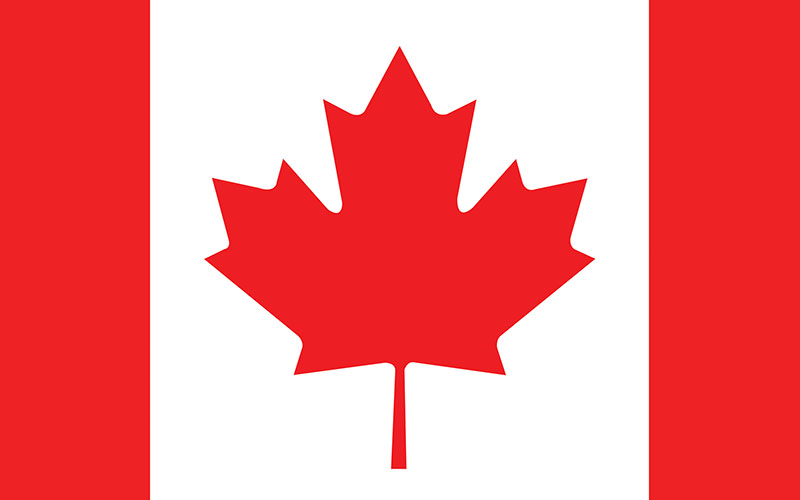The Canadian cosmetic regulations were updated on April 12, 2024. The key changes are outlined here. These changes go into effect October 14, 2024, except for the fragrance allergens which go into effect in 2026 or 2028 (depending on when the product was introduced onto the market).
Notifications
It was already in the regulations that every manufacturer and importer had to submit a notification of intent to sell a cosmetic product in Canada within 10 days of it being first sold in Canada. The new regulations specifically make it illegal to sell the product if the notification hasn’t been filed.
The notification also now must include whether the product is a leave-on or a rinse off product.
The list of ingredients must use the INCI name (or, in the absence of the INCI name, the chemical name). As before, the exact amount of each ingredient is not required, instead you have to report the range of percentage. What’s changed there is that the percentage ranges are now much more detailed, with 13 different breakdown levels instead of just 7.
Contact Information on the Inner Label
Previously the inner label has to include “the name of the manufacturer and the address of their principal place of business”. The new regulations require a telephone number, email address, website address, postal address or any other information that would make it possible for consumers to contact someone to whom they may direct questions about the cosmetic. The key difference is that it has to be a way to contact an actual person.
INCI Name for Trivial Ingredients
The regulations include a Schedule of ingredients that have “EU Trivial Names.” There have been a few changes to the list.
Fragrance Allergens
The new regulations reference the EU Restricted Substances List (Annex III of the EU Cosmetics Regulations). Canadian regulations now require that any fragrance allergens on the EU list must be identified in the cosmetic ingredient declaration if it is present in a rinse-off product at greater that 0.01% or in a leave-on product at more than 0.001%. (That’s the same as the EU requirement.)
The way it’s set up, if any new allergens are added to the EU list, they automatically apply to the cosmetic labels in Canada. The effective date is the LATER of when it goes into effect in the EU or the day on which the fragrance allergen must be listed in an ingredient declaration in order for a cosmetic product to be sold in the EU.
Currently there are 24 fragrance allergens listed that are already in effect in the EU. Those must be added to Canadian cosmetic ingredient declarations by April 12, 2026.
The EU added another 50 or so fragrance allergens (the “expanded list”) last year. Those have to be on Canadian labels by August 2026 or August 2028, depending on when the product is or was introduced onto the market.
Ingredient Declarations for Very Small Products
When a cosmetic’s immediate container or outside package is too small for the label to include all of the ingredients, the list of ingredients may be placed on a tag, tape, or card affixed to the container or package OR on a website, provided that the outler label contains a statement that the list of ingredients is on a website and the website address is given.


Leave a Reply